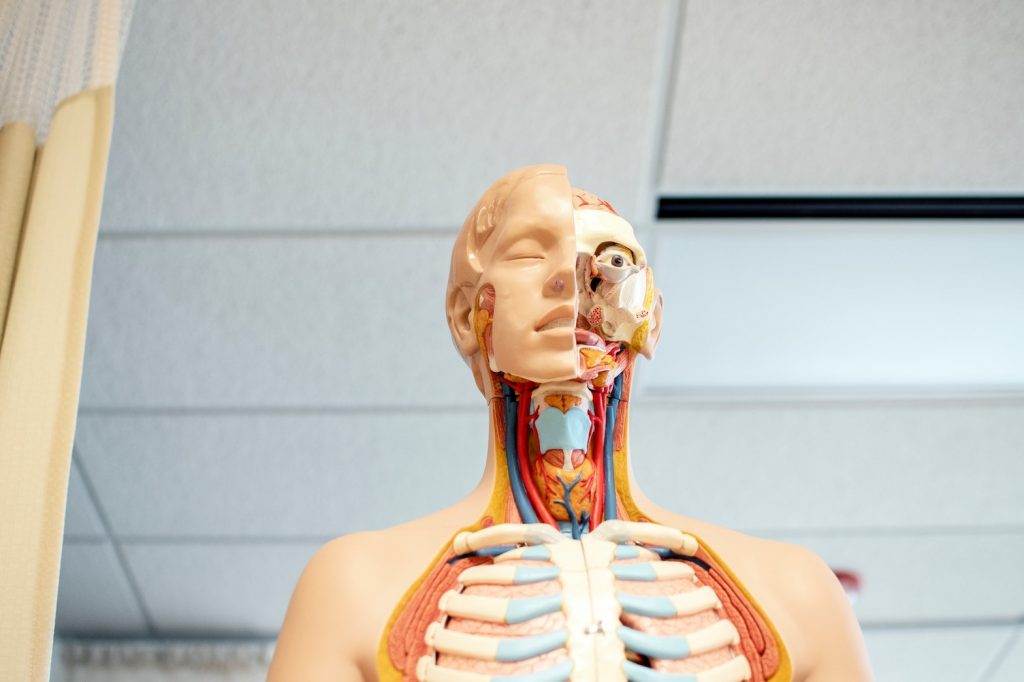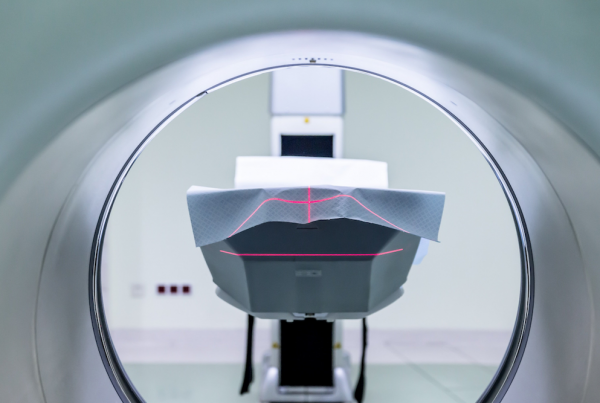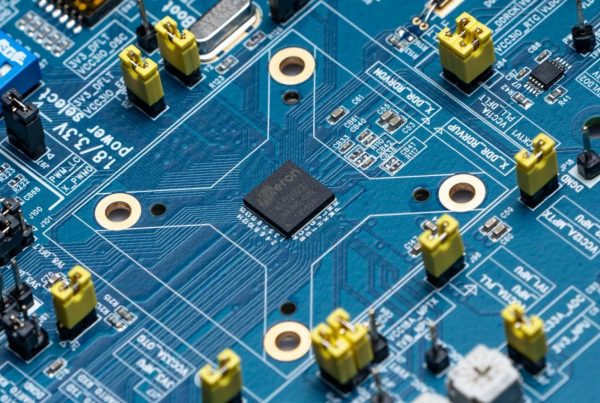
In the Age of AI Series, I dissect how companies in various industries are already using ML at the cutting-edge (for tangible business value, not research projects).
In this email, you’ll again learn about 3 cool companies:
- Buying better fitting clothes online. Ever bought clothes online that were the wrong size, having to return and order again? This company uses ML to decide the right size for you. (Leon Szeli, CEO of Presize.AI)
- Diagnosing diseases just from hearing your voice! The way we sound can change dramatically depending on what’s going on inside our mind and bodies. With ML, you can use this fact and detect things you otherwise can’t! (Dagmar Schuller, CEO of audEERING)
- Speeding up the design of electronic circuits. Being an electronics engineer is hard, and involves a lot of grunt work, as well as some creative challenges. This company puts an “AI copilot” next to electronics engineers to create better designs, faster. (Tobias Pohl, CEO of CELUS)
1-Minute Summaries (if you’re short on time!)
1. AI for clothes sizing
The context:
Buying the wrong size online may seem like a trivial first-world problem, but its impact on the fashion ecommerce business is horrific.
- Customers don’t trust most sizing charts provided online. Data shows they have a click rate of only 1%!
- Return rates for different brands due to poor size choices range anywhere from 10% to 50%.
- Very few online retailers have the scale and muscle to “absorb” the damage caused by such return rates. Usually, even a single return means you barely break even.
Unreliable sizing hits the e-commerce industry on both sides:
- poor conversion rates, because people are less likely to buy (lost revenue)
- high return rates (negative margins)
The problem:
Turns out, people are very bad at measuring themselves or knowing their own size for different purposes (a tight-fitting sweater has different size recommendation than a loose overcoat).
The solution:
First key idea: if you can just measure people better, you can usually find the perfect size. And you can do it using computer vision.
Second, you can read the metadata about the product (what kind of fit it is, etc), to further estimate what size would fit the person’s measurements the right way.
As usual, actually doing this is not straightforward at all! My guest Leon claims that his company Presize has beaten all industry benchmarks for accuracy.
We discuss the technology and design challenges in depth: https://aman-agarwal.com/2021/11/28/fashion-ecommerce-sizing-presize/
2. Diagnosing things from voice
The context:
Your speech is a very complex system: it requires the coordination of hundreds of muscles, different parts of the brain, the respiratory system and also your cardiac rhythms (you sound different after running or waking up or drinking alcohol or feeling heartbroken).
As humans can intuitively notice these variations, but AI can go far beyond — by extracting a host of objective “biomarkers,” such as speech-pause relation, intermittent hoarseness, etc, it can learn about what’s going on in our mind and body.
The opportunity:
A technology like this can be used in hundreds of ways:
- Call centers and voice assistants can detect emotions
- Early diagnosis/warning of various disorders from home, without visiting a doctor
- Training autistic children how to display emotions better, etc
The list goes on. It’s pretty sci-fi.
Strategic points:
While technology itself has been researched for two decades, the question is, how to package and deliver this tech for different use cases, how to get regulatory approvals, etc?
I chat with Dagmar Schuller, the CEO of audEERING, about all these things: https://aman-agarwal.com/2021/11/30/voice-health-emotions-audeering/
3. AI for electronics design
The context:
- At the highest level, electronics circuit design starts with an idea for a “black box” circuit.
- Then, you have a long list of requirements on top.
- This is given to the engineer, who now has to design a “schematic,” using standalone components that already exist.
- This is the first hurdle: choosing the right components for a circuit that you haven’t even designed yet.
- The next step is layout design, where you fit abstract components on a printed circuit board (PCB).
- After the layout, it finally goes to printing/manufacturing.
The problem:
It’s a tough job.
- First, good circuit design takes a lot of experience and intuition.
- Second, the tooling for most of these steps is decades old, and not very “smart.” The market leader seems to be Microsoft Powerpoint (!)
The solution:
The way CELUS (my guest Tobias’ company) approaches this, is like going to a shopping site and saying “I want to design a house,” and the site actively suggests to you all the things you’d need, different suggested designs, and guides you on how to go about it.
- Use ML to understand the requirements for the design, from metadata and natural language processing
- Suggest reusable modules that could solve the problem at hand, by having learned from thousands of circuit designs
- Generating a long list of components that you could use to implement the suggested designs
- Doing the same to create a PCB layout.
I spoke with Tobias about all the different aspects of this, in-depth as always: https://aman-agarwal.com/2021/12/19/ai-transforming-electronics-design/
Want this newsletter in your inbox? Sign up here!
P.S. Ethics Policy: I don’t own stock in guests’ companies, nor do I get paid by them in any form for any reason at the time of publishing, unless specifically stated. Episodes are also not intended to be an automatic endorsement of any company or its products and services. These opinions are 100% my own as an independent observer and educator.


